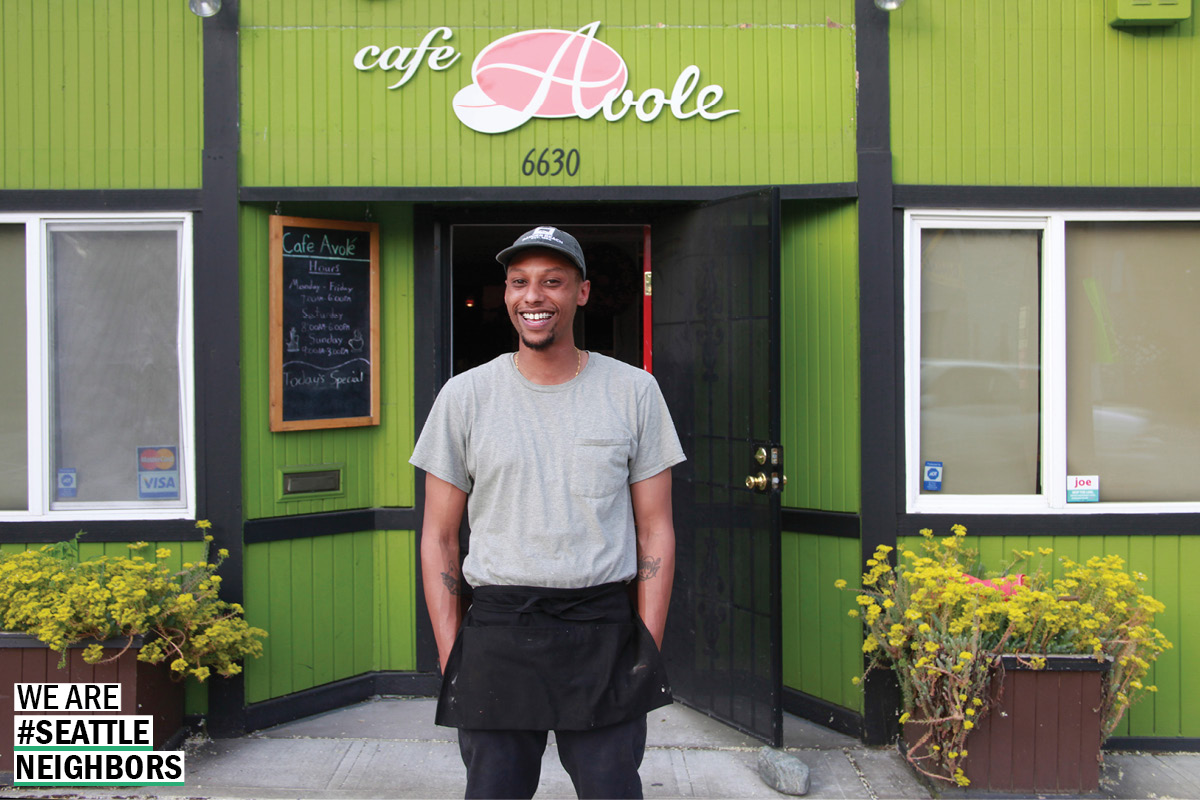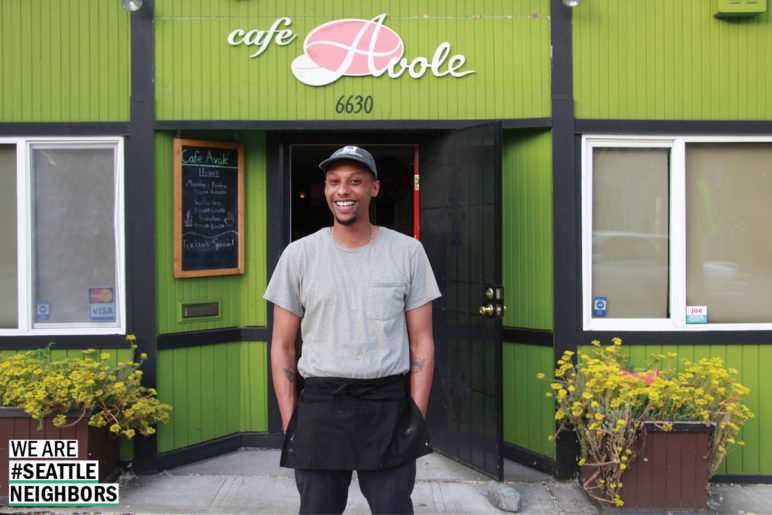Editor’s note: This is the second in a two-part summary of housing affordability messaging recommendations resulting from Sightline Institute focus group testing. Find part 1 here.
People want Seattle to live up to its full potential, to work toward becoming the city we say we are.
Sightline has conducted two rounds of focus groups to expand our understanding of Seattle attitudes about the burdens and benefits of growth, hopes and dreams for the kinds of places people want to live, and a menu of possible affordability solutions.
In the second round of message testing, we gathered four separate groups comprising Seattleites who identify as Asian-American, African-American, white women homeowners, and millennials from diverse backgrounds. (Find the research report here.)
Housing issues are top of mind. We heard over and over that the city is too expensive, and residents worry about increasing homelessness and communities disrupted and pushed out of the city. Traffic, congestion, and transit are concerns people lump with the high cost of housing.
People want solutions, but they often meet solutions messages with skepticism. One key affordability concept—that building more housing keeps prices from rising—remains a tough sell. For many, it makes sense to demand more rules and restrictions for developers rather than fewer. In all the groups there was a shared wish for increased diversity and equity—and fears that we’re going the opposite direction. African-American respondents were particularly interested in solutions that would tackle the roots of economic inequality more broadly.
As in the first set of focus groups, we found that focusing on shared values and aspirations bridged some of the differences and made solutions more compelling. People want Seattle to live up to its full potential, to work toward becoming the city we say we are.
Here are top takeaways:
- Repeat, repeat, repeat: More homes. All shapes and sizes. For all our neighbors. The message that “Seattle needs more homes, all shapes and sizes, for all our neighbors” is simple, inviting, and people-focused. It reinforces the idea that to achieve affordability in all our communities, we need plenty of homes to go around and a variety of homes for all kinds of people. It toggles people toward community-minded, big-hearted thinking—about community, neighbors, inclusion. The idea stuck with focus group participants (they repeated it back to us), and it proved an especially compelling case for community-building rules that allow different types of homes in neighborhoods across the city.
- Keep thinking big—elevate shared goals and ideals to strive for. Seattleites unite behind shared goals for their city. People want Seattle to strive toward its ideal as forward-thinking, progressive, and committed to social and racial justice. Our messages should resonate with goals for the kind of place we want to be, not boasts or brags. People feel that our heart is in the right place, but we have work to do before we become the city we say we are. Participants agreed the goal should be to keep Seattle affordable for all kinds of people and families. They want diverse neighborhoods where we share opportunities and benefits broadly. These values unify and inspire, and our messages should reinforce these shared, big-picture goals.
- Connect affordability to opportunity. As in our previous research, when describing an ideal place to live, participants paint a picture of dense, walkable neighborhoods with a range of home types and access to parks, schools, grocery stores, small businesses, and restaurants. They see how longer commutes steal our time, clog our streets, and create pollution, and they believe that all kinds of families and people should have access to the opportunities and benefits of living near good schools, transit, jobs, and green spaces.
- Talk up balance, variety, and options. People see how balance and variety in home types fit the many shapes and sizes in which our lives, families, and finances take shape. Our messages should speak to the need for a variety of housing options in every neighborhood. We also recommend talking about building and growth in terms of modestly sized homes, including naming specific home types that people can more easily envision as part of the existing fabric of their own neighborhoods: backyard cottages, apartments, triplexes, and duplexes. People are more open to density when it’s expressed as “options.”
- Tell people’s stories. Real experiences and images help center solutions on people. Centering solutions on real people makes opposition messages seem harsh and out of touch. A focus on people humanizes otherwise abstract or complicated policy solutions. Stories shift the conversation from buildings and parking to families, neighbors, and communities. Participants were most compelled by success stories of Seattleites who are contributing to the city and couldn’t live here without an affordable option like a backyard cottage or a subsidized apartment. Participants responded to specific examples of low-paid workers who make the city tick: service workers, small business owners, and teachers.
Here’s a snapshot of the recommendations to reference and share:

Original Sightline Institute graphic, available under our free use policy.
Special thanks to our team—Dan Bertolet, Alan Durning, Ed Guzman,
Margaret Morales—and many expert advisors—Keiko Budech, Tony To, Josh Feit, Laura Loe—and the LRP team (David Mermin, Keith C. Gibson, and Zoe Grotophorst), and to many other community partners for their contributions to this project. To read more about the local business owner in the photo and to find more housing stories like his, go to Seattle Neighbors.










